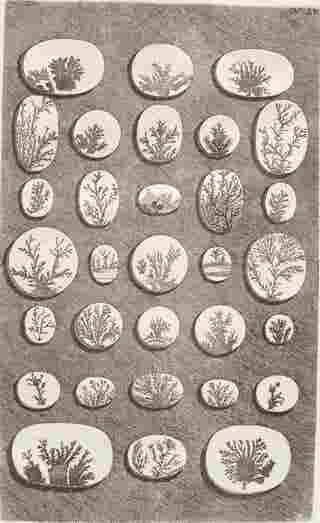Sarah “Sadie” Price
Sarah “Sadie” Francis Price was born in Evansville, Indiana in 1849, the third child of Alexander and Maria Price. The family soon moved, settling in Bowling Green, where she spent her first twelve years living the normal life of a small town girl. By 1861, the harsh realities of the Civil War changed the family circumstances. The Prices were sympathetic to the Union cause. Her brother Frederick joined the Union army, and Price, her sister and mother returned north to Indiana. Her father liquidated his hardware business and all family assets before joining them.
In Indiana, Price was educated at the Episcopal Church school St. Agnes Hall. After the war, the Price family returned to Bowling Green, but the period proved to be difficult one for the family. Her parents and brother died suddenly between 1873 and 1875, leaving Price and her sister Mary to manage for themselves. Price became bedridden with a mysterious back ailment and would remain invalid for the next decade. The sisters did what they could to supplement their dwindling inheritance. Despite her ill health, Price began teaching watercolor painting, using birds and plants that her students would collect and bring them to her bedside as subjects. In the early 1880s she travelled to Philadelphia for six months of treatment from Dr. Weir Mitchell. Afterwards, her health, though far from perfect, was much improved, and she declared herself “all patched up.”
Price now began her studies and publication in natural history in earnest. She wrote papers and gave lectures on plants, birds, insects, fishes, shells, clouds and astronomy. Between 1893 and 1907, she penned over forty scientific papers which were published in a variety of popular and scientific journals. She organized and taught classes out of her home. Her nature studies classes were so popular that that they persisted for nearly thirty years after her death. On field trips into the Kentucky woods, accompanied by either a group of students or by one or two companions, she employed the transportation of the day; foot, horse, buggy and boats. Though the journeys were rigorous, she prided herself in always being respectfully attired in full-length skirts which made moving through the fields and forest all the more challenging.
Price was an inveterate collector of plant specimens. She carried them back from the field in her steel, watertight collecting container called a vasculum, then pressed, dried, mounted, named and organized them, forming a personal herbarium. Price’s herbarium was frequently used as a subject for her paintings. She prepared a number of watercolors and pencil drawings representing the entire flora of Warren County Kentucky. She assembled these into an exhibit displayed at Chicago Columbian “World’s Fair” Exposition of 1893, where they were awarded a first-place diploma as the finest herbarium exhibit.
Price’s plant collections were not only an inspiration to her art, they served an important scientific purpose. Dried plant specimens are used by botanists to categorize and name plants, and are used to verify species new to science. She discovered several new species of plants, five of which bear her name: an aster (Aster priceae), Price’s ground nut (Apios priceana), a dogwood (Cornus priceae), a wood sorrel (Oxalis priceana) and a violet (Viola priceana).
Just as Sadie Price was achieving notoriety in the field of botany, she died suddenly of dysentery in July of 1903 at the age of 54. Her sister Mary took on the effort of assembling and submitting Price’s final works for publication, and for the distribution of her specimens and artwork. Dr. William Trelease, the first Director of the Missouri Botanical Garden, purchased the plant specimens “2912 sheets of which 965 are sketches, largely in color,” for a modest fee. Mary Price tried in vain to find a buyer for another 250 of her sister’s paintings and eventually gave them to Missouri Botanical Garden in 1908. Over the years Mary Price assembled a detailed scrapbook of her sister’s work, including in the end obituaries from local papers and scientific journals. In one tribute Reverend Frank Thomas effuses “She was a true high-priestess of nature, a vestal Virgin lifting reverently the rustling veil which God is weaving to screen His face from mortal eyes.”

